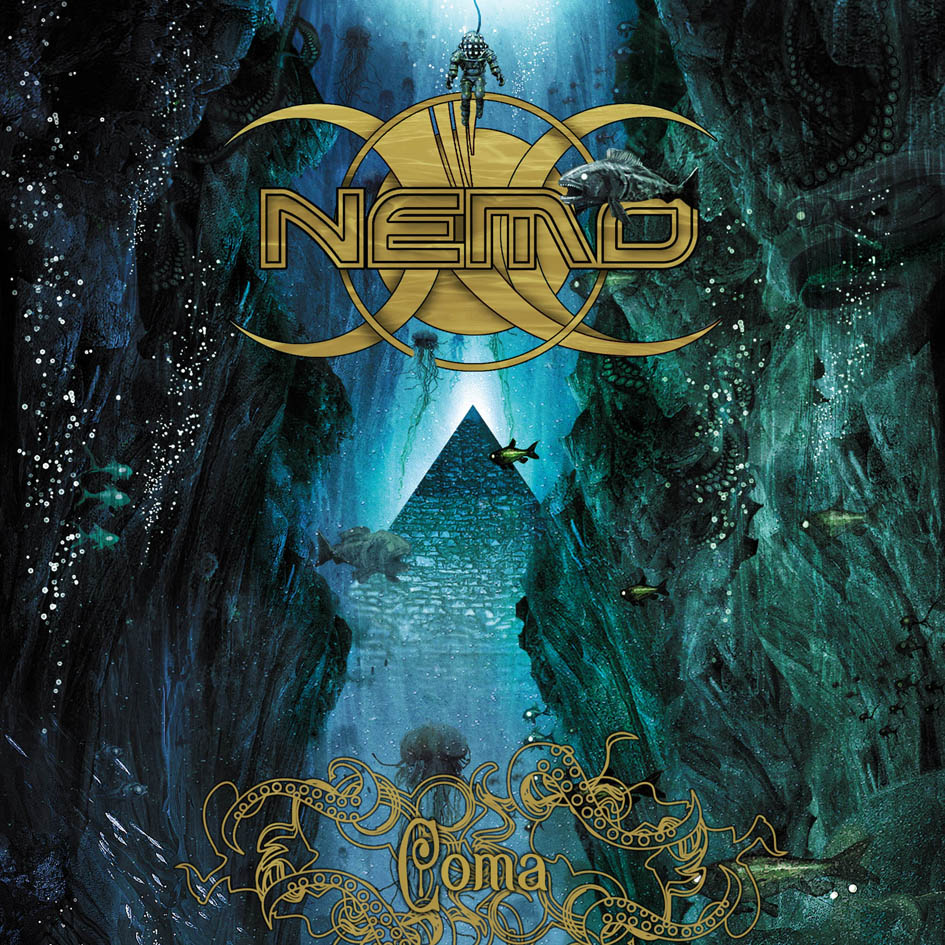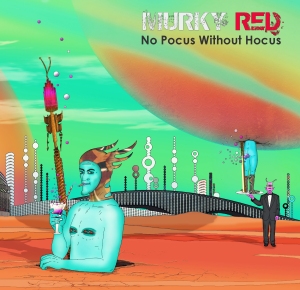Guess who turns fifty this year! Too late! It already happened!
There have been more than a few videos on YouTube posted already about albums that turn 50 this year, and since I have at least that in common with them, I thought I’d do some more exploring of that year.
First of all, I thought it would be good to check some lists to see what I already had and if there was anything I had been thinking about getting.
I went ahead and looked at:
Prog Archives top albums of 1971
From these lists I found that I already had about 46 albums in my collection, including obscure ones like Possessed’s “Exploration”, the collection of Rotomagus recordings, and “Iijanaika” by the Japanese band The Mops. However, I do love a list, especially when there are many bands and albums I don’t know. So, I went ahead and checked out a lot of stuff on the Prog Archives list and then tackled the 1000 albums on the rate Your Music list, although here I only checked out albums tagged with acid rock, heavy psychedelic, hard rock, or symphonic prog. This did introduce me to a lot of excellent bands and albums, and also to some that were interesting but not exactly what I want to bring home. The results of my finds led to many orders for CDs being placed. Here’s a list of what I have received and what is still out there on order.
Rory Gallagher – not exactly an artist I’ve ever had any interest in but his self-titled debut as a solo artist had some tracks that really appealed to me. I’m not into the straightforward blues rock stuff so much, but songs like “Just A Smile” and “I Fall Apart” are tracks I will come back to. “Laundromat” is kind of fun too.
Mountain “Nantucket Sleighride” – I have Mountain’s debut “Climbing” and it’s got some good tracks on it. But I was surprised about this album because there are some pretty heavy tracks. “Don’t Look Around” is a monster and the title track is almost epic. I was particularly fascinated by the background story of the song, which is dedicated to one Owen Coffin. It seems Coffin was the member of an ill-fated whaling vessel that was pulled out to sea by a harpooned whale and the crew were starving after several days. It was decided that lots would be drawn and the loser would be sacrificed, his flesh nourishment for the rest of the crew. Poor Coffin lost the draw…
Grand Funk Railroad “E Pluribus Funk” – I love GFR’s first two albums but I was always under the impression that they became more blues and boogie rock after that. This, their fifth album, is actually still quite a heavy rocker, with tracks like “People, Let’s Stop the War” and “Loneliness” having more of that grave and serious heavy atmosphere. There’s the usual GFR intense rock out work outs on this album as well.
Can “Tago Mago” – I was never a fan of so-called “Kraut Rock” except for the Scorpions debut, if you’ll call that Kraut Rock. Especially the weirder stuff keeps me away. Though this album has its weirdness (“Aumgn” and “Peking O” anybody?), I found it easy to get into most of the album. The track “Mushroom” stands out for me because it sounds more like some underground recording from the early eighties or even perhaps early nineties.
Alice Cooper “Killer” – I have never had an interest in Alice Cooper’s music though I did check out this album a few years back and consider it. Most of the tracks on here do nothing for me and sound just like early seventies cliche rock done by a unique personality. But the three longer tracks – “Halo of Flies”, “Dead Babies” and “Killer” have more substance in both the lyrics and the music, at least as far as I’m concerned. These three make the album worthwhile for me.
Stray “Suicide” – I already had three or four of these songs on a Stray compilation album. Considered a hard rock act with a tendency towards both boogie rock and underground progressive, Stray make me think that this is what Sweet would’ve sounded like had they begun writing their own material from the beginning. This is an impressive hard and heavy album of ’71!
Culpeper’s Orchard – A danish band with an English vocalist, their debut album combines heavy rock with acoustic folk. Add a bit of flute and the band sounds very similar to Jethro Tull. I got the two-disc compilation that includes all three of their albums. Though the trend towards acoustic develops over the next two albums, there are still some heavy rockers. I also found that I prefer folk and rock more than jazz and rock, and find acoustic folk-based rock more interesting than most blues-based rock.
Nucleus “We’ll Talk About It Later” – Speaking of jazz, this was my most experimental purchase. Nucleus was a band of jazz musicians who decided to form a band that used rock’s aggressive approach. Their second album released in 1971 includes some growly guitar and some solid rhythm section work that appealed enough to me to warrant purchasing the album. This two-CD set comes with their 1970 debut, though I like that one less.
Groundhogs “Split” – Another band that often showed up in my searches, I never felt inclined to buy an album. But after recently seeing Chris Gill of Band of Rain post about this band, I decided to get their 1971 album, “Split”. And hey, I am pleasantly surprised! This is not blues rock in the typical sense but more in a post-psychedelic sense. There’s a fluidity to the guitar riffs and lead work and also the drumming that make this album closer to Jimi Hendrix than Muddy Waters.
Bloodrock “3” – I like a lot of the music on Bloodrock’s debut album but cursory listens to their other albums failed to draw my interest. Bloodrock released two albums in 1971 – “3” and “Bloodrock USA” – and I decided to get this one. Though half of the album is that same organ-driven rock that didn’t inspire me, the opener “Jessica” has a great early seventies groove to it and the delicate album closer, “America, America” with dual vocals and two acoustic guitars reminds me of Jethro Tull tracks like “Wonderin’ Aloud” or “Cheap Day Return”. “Kool-Aid-Kids” is also kind of fun. But it’s the epic, Vanilla-Fudge-esque, doom-riff “Breach of Lease” that’s the clincher for me. By the end, I felt ready to applaud!
Epitaph – Another band I have checked out before but not fallen for. Their debut album here though included some cool heavy riffs and scratchy, wah-wah guitar soloing that comes with early seventies heavy rock. It’s a diverse album to be sure, but the shots and twists move in the right direction for my tastes mostly. The four bonus tracks include a single and two demos that are further examples of hard and heavy rock.
Tin House – Never heard of this band before but apparently they were requested by both Edger Winter and Lesley West to open for their respective acts. The band seemed destined for greatness but after the debut release, little else happened. The band play hard rock and hard blues-based rock. Their song “I Want Your Body” is a saucy and sexy hard rock number.
Still to come are albums by The Pink Fairies, Human Instinct, a Japanese band called Too Much, and a Swedish heavy rock act called November. While ordering these, I came across some other albums from the early seventies which will also make it to my mailbox in the next week or so.
Not ordered yet are Sweet’s “Funny How Sweet Coco Can Be” and King Crimson’s “Islands”.
I made a video introducing albums of 1971 released between January and June. July to December is forthcoming along with albums that have no release month given.








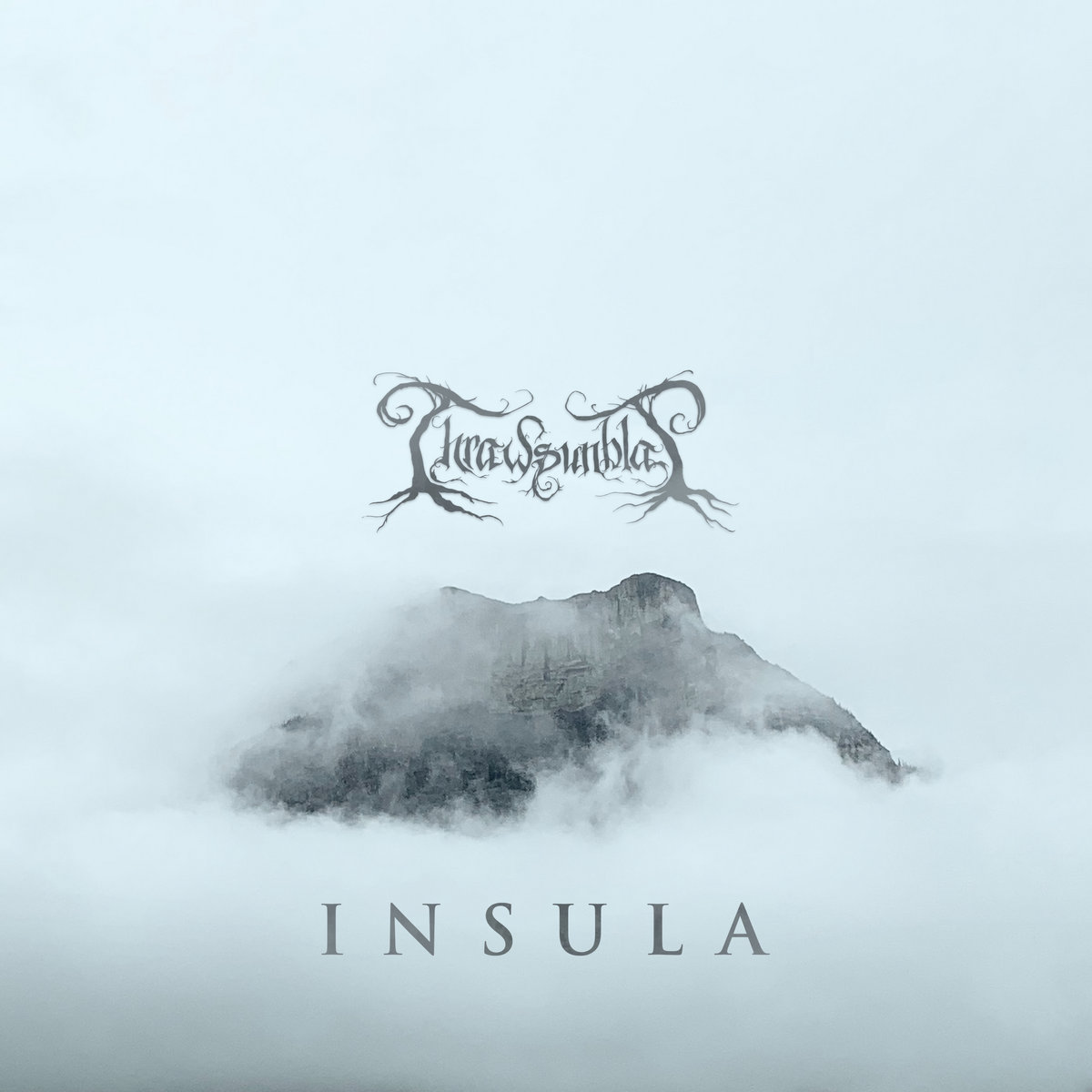



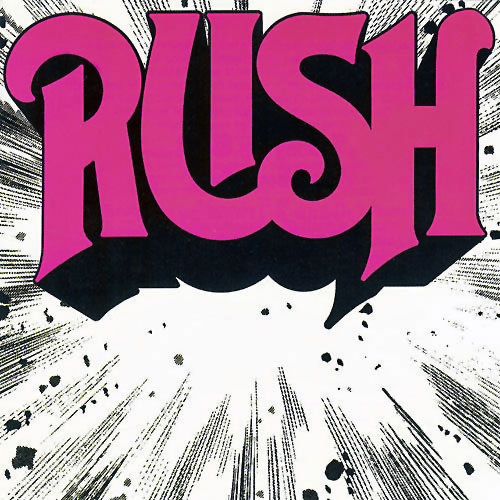 Rush – 1974
Rush – 1974 2112 – 1976
2112 – 1976









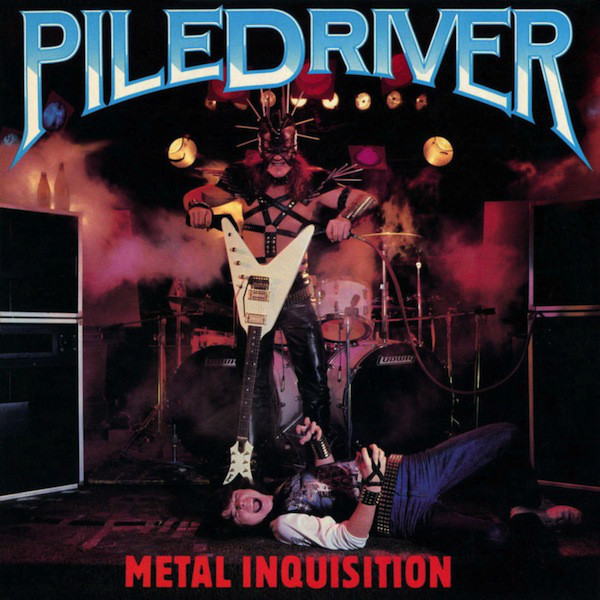








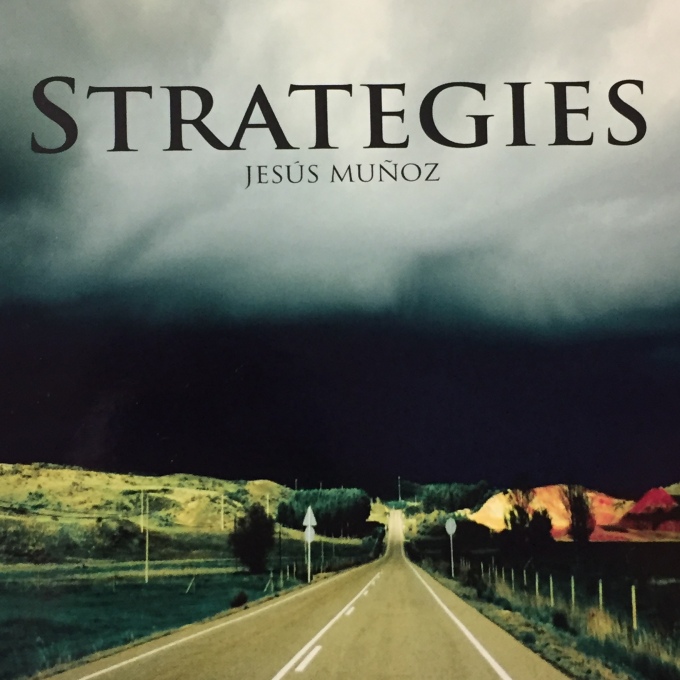 10. Strategies by Jesus Munoz – Quite a surprise this one. Jesus Munoz is a Spanish amateur guitarist who recorded an album’s worth of music in 2015 and then released it with two additional tracks and a real drummer in 2016. His playing style reminds me of a cross between Steve Howe and Steve Morse. “The Limpid Green” is the track that stuck in my head the most, though nearly every track on the album is really great.
10. Strategies by Jesus Munoz – Quite a surprise this one. Jesus Munoz is a Spanish amateur guitarist who recorded an album’s worth of music in 2015 and then released it with two additional tracks and a real drummer in 2016. His playing style reminds me of a cross between Steve Howe and Steve Morse. “The Limpid Green” is the track that stuck in my head the most, though nearly every track on the album is really great.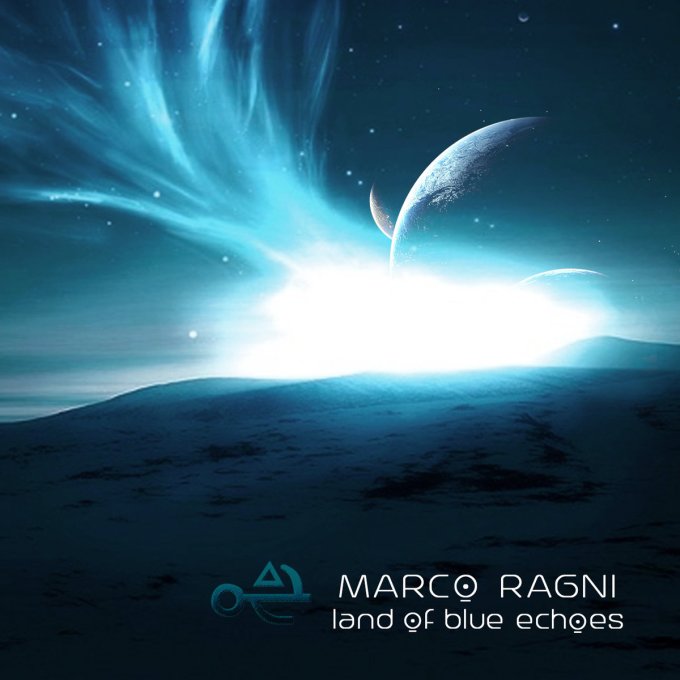
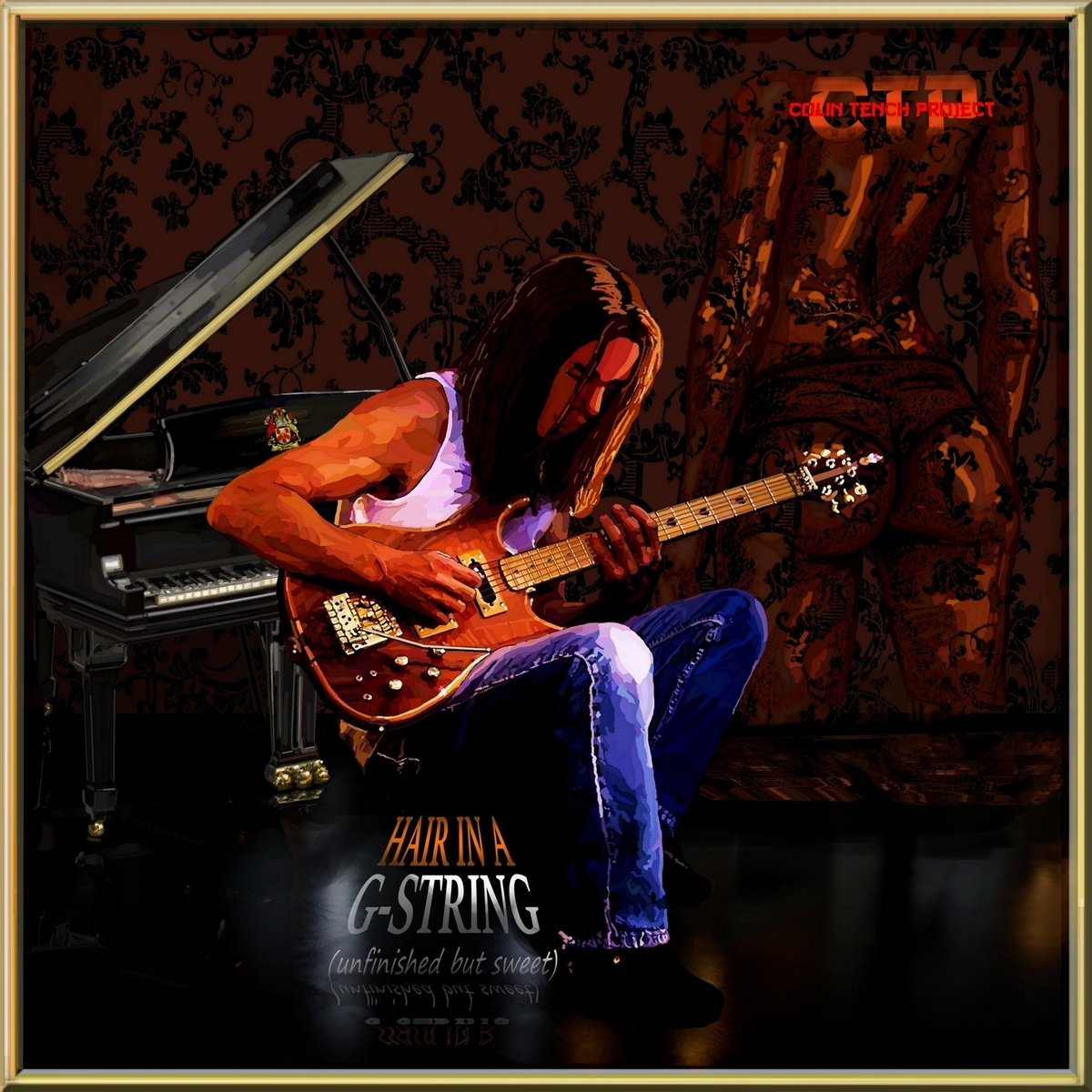
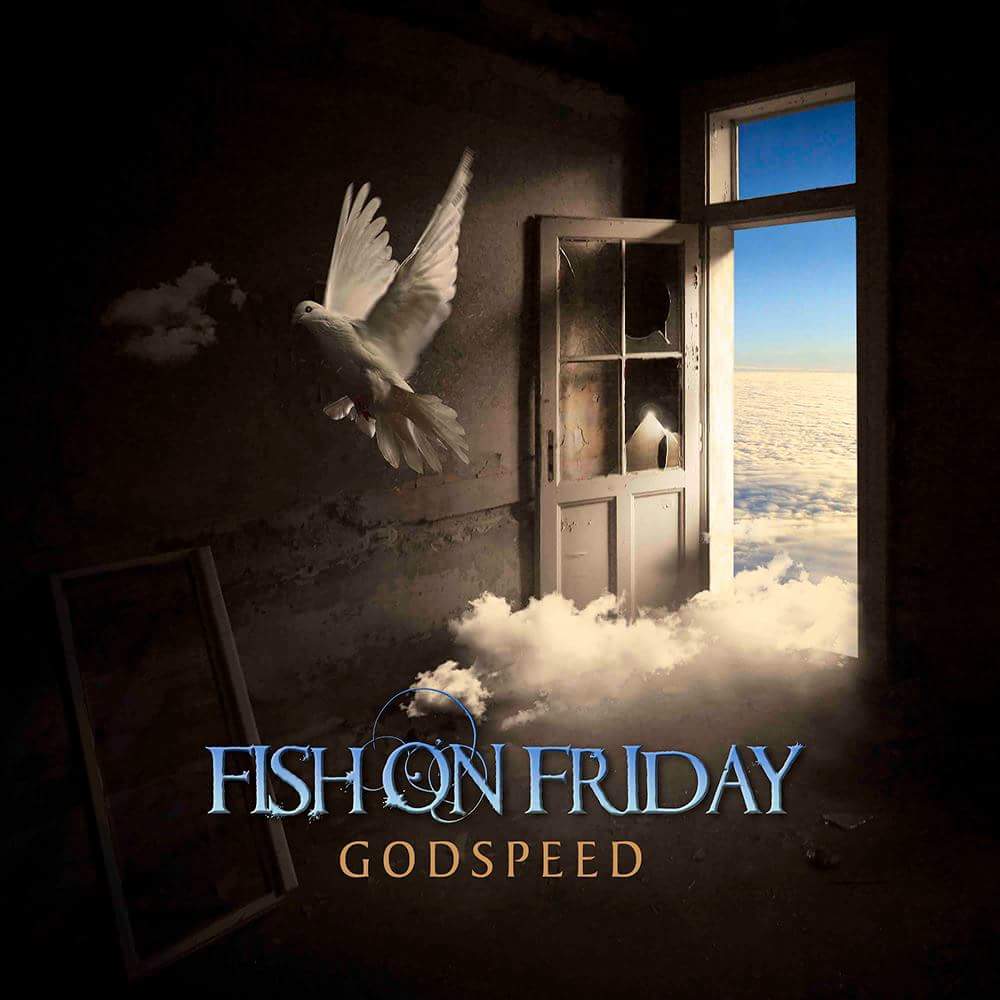 Of course each of the above albums had songs that stuck in my head and demanded repeat plays, sometimes over the course of a week, sometimes coming back again and again. CTP’s “Part 4b”, Maglev’s “Judith”, Evership’s “Slow descent into Reality” and KariBow’s “Quantum Leap” were some of the songs that became favourites this year. But here are ten other songs from my 2016 purchases that were played well over a dozen times.
Of course each of the above albums had songs that stuck in my head and demanded repeat plays, sometimes over the course of a week, sometimes coming back again and again. CTP’s “Part 4b”, Maglev’s “Judith”, Evership’s “Slow descent into Reality” and KariBow’s “Quantum Leap” were some of the songs that became favourites this year. But here are ten other songs from my 2016 purchases that were played well over a dozen times.
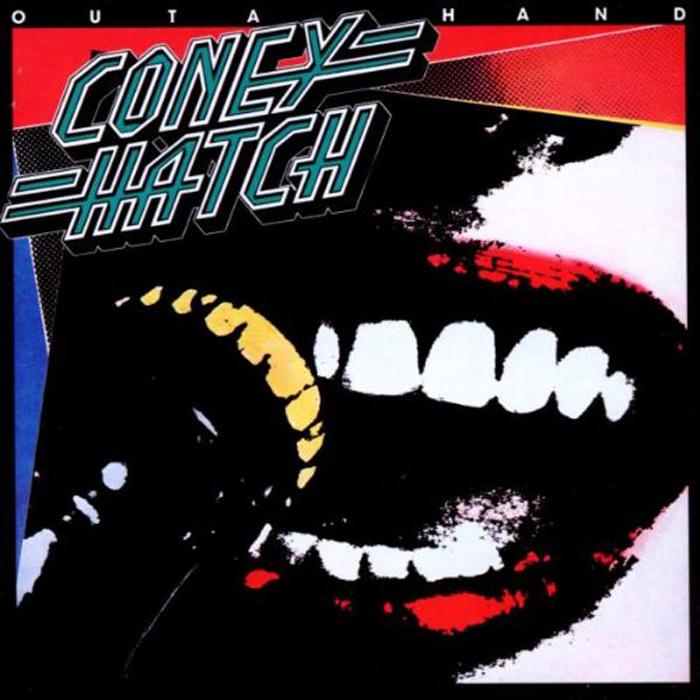 Here’s a list of five new favourites from the hard rock and metal of Canada of the late seventies through to the early nineties.
Here’s a list of five new favourites from the hard rock and metal of Canada of the late seventies through to the early nineties.